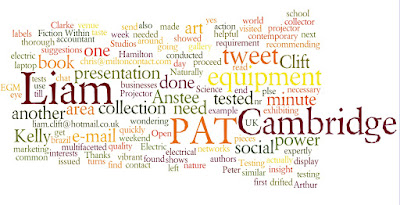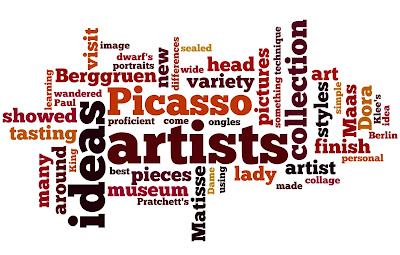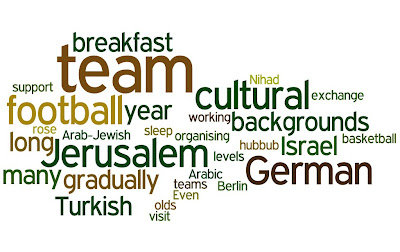"Dear ........
Apologies for the late reply.
Your questions split into three parts which I will try to answer in the order of relevance (top down so to speak):
1. Website/webhosting
Domain name
It is worth having your own dedicated domain name. This become a unifying identifier for you and your business on the web. You can buy them from a variety of companies. I use 123-reg.co.uk for example. Cost for a .co.uk name is typically about £3 per year, for a .com about £10 a year. (you often have to pay for a minimum of 2 years).
This already allows you to specify your-emeail@yourdomain - with e-mails being forwarded directly on to your existing e-mail, often for free (because these are forwarding e-mails not true e-mail postboxes)
Hosting
To make your domainname effective, you need to have content that can be associated with it. This requires webspace. Hosting is when you pay the company from whom you purchased your domain name to give you space on the web where you can host material. Typically your website.
By choosing a good provider, you often get a set of free e-mail accounts that you can then use, so you can set up address e-mail-01@yourdomain, e-mail-02@yourdomain etc . . Each is accessed through a separate name and password and are often accessible as webmail too.
Cost can start as low as £2.50 per month for 20GB of hosting space (again I have used 123-reg.co.uk, but do shop around)
2. Linking your blog(s) to your domain
The main problem with websites is continually maintaining and updating their content. This is where your blog can actually be very useful.
You can use a blog as your website. Rather than allowing the free provider to host your blog with their identifier in the name, you specify that the blog should be stored on your hosting under your domain name (see point 1 above). This can be done in the blog settings.
I have several blogs going under Google's blogger, so, depending who you have set up your blog with, you should be able to do the same if need be. Effectively you would be creating a separate website for each core activity. These should all be hostable under your domain if you purchase domain and hosting as in 1. above. Alternatively you could have three separate hostings under different domain names,
3. Separate E-Mails for different activites
I have answered your original first question re different e-mail accounts briefly in points 1 & 2 above.
Yes you can set up different e-mail accounts :-) If you did not want to go down the route of purchasing hosting space, you could buy just the individual e-mail accounts, each at about £1 per month with a domain name included.
Your idea of having separate e-mails for each activity is actually very good. This way you can identify where most of your communication comes from and monitor the activities separately.
What is important - ability to measure effectiveness
Whatever route you go down, it is important to have a measure of how effective your different routes to communication and income are. Webhosting companies provide accessible stats. Alternatively you can link blogs and websites to either google analytics or yahoo analytics for recording such information.
Summary
- I think it is a good idea to have your own domain name or names and to have space provided by a host for your web information under your domain name(s).
- Your blog(s) could be used as live websites, hosted under your domain name.
- Having separate e-mails for different activities is a good practice (even if I do not currently follow it myself :-) )
- Make sure that whatever you do, you can measure it. The web is great for this.
If it still seems a bit confusing, feel free to contact me for a meeting in the new year over a cup of tea/coffee.
Best wishes and a Happy New Year!
Chris"




